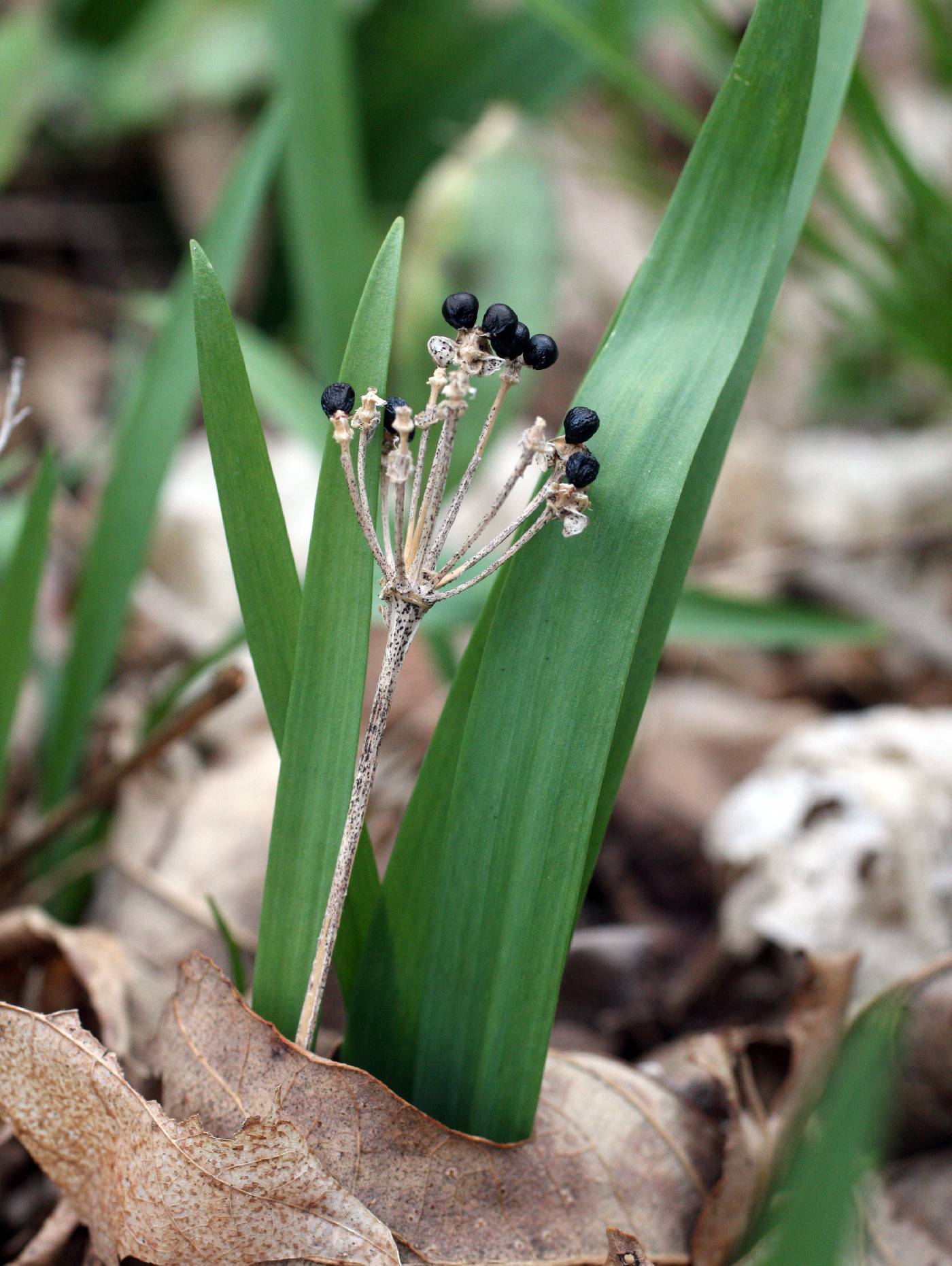Amaryllidaceae
|
Amaryllidaceae |
|
|
Amaryllidaceae is a family with 73 genera and 1,605 species worldwide. In the APG III circumscription this family includes the old families of Alliaceae, Amaryllidaceae, and what is thought to be a weakly sister clade Agapanthaceae. The latter is only found in South Africa, while the other two former families, now considered subfamilies, are worldwide. There are some shared chemical characteristics but they all share a scapose inflorescence, which is an umbellate cymose construction bearing a scarious spathe. Herbs from a bulb with contractile roots, sometimes with sulfurous smelling compounds and reduced stems. Leaves alternate, usually 2-ranked, basal, simple, flat to terete, entire with parallel venation and sheathing at base. Determinate inflorescence, of one or more contracted helicoid cymes, appearing as a umbel, sometimes reduced to a single flowe and subtended by a few spathelike bracts. Bisexual flowers, radial to bilateral, showy with a filiform bract, 6 tepals, distinct to connate, imbricate, corona sometimes present, 6 stamens, filaments sometimes adnate to the perianth, 3 connate carpels, inferior ovary with axile placentation, nectaries in septa of ovary. Fruit a loculicidal capsule or occasionally a berry, some have seed coat with phytomelan. |
|
